
The grand theatre of a university in Nur-Sultan (then Astana), Kazakstan was the unlikely venue for the launch of what has been described as “the most significant and far-reaching initiative that China has ever put forward”.
One Belt One Road - or Belt and Road Initiative (BRI) as it has come to be known in English - was conceived in late 2013 around two key corridors: The 21st Century Maritime Silk Route Economic Belt and The Silk Road Economic Road.
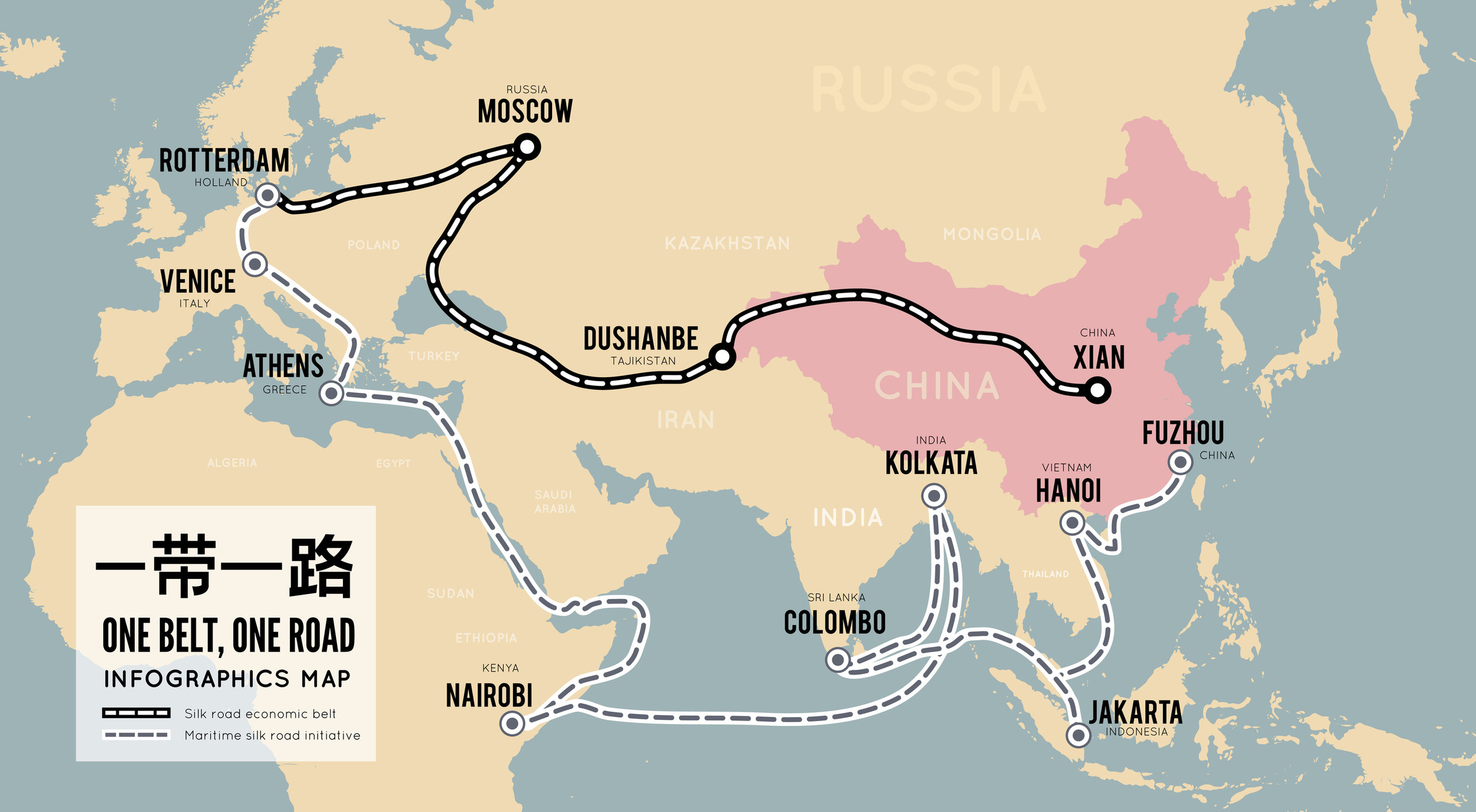
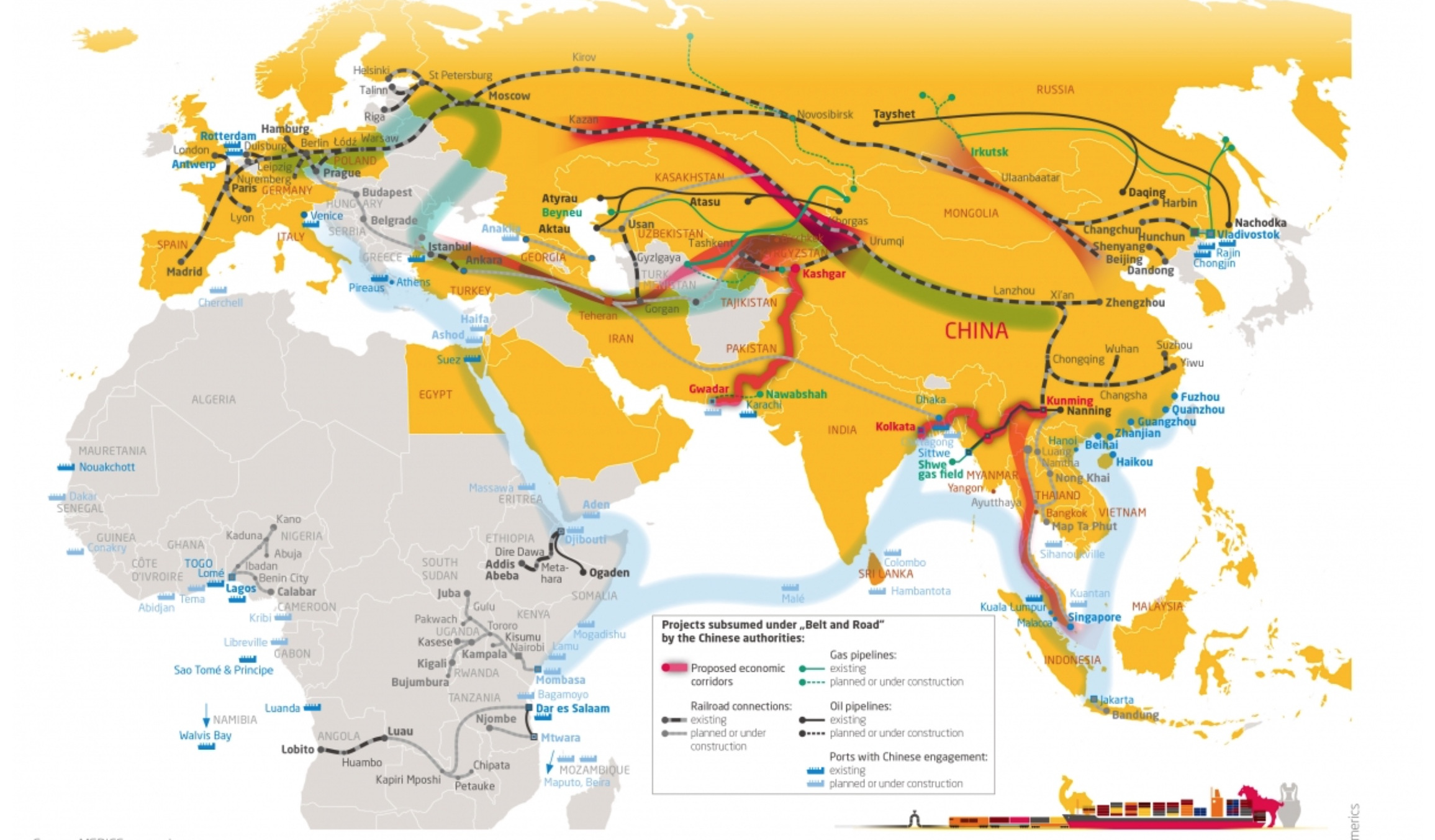


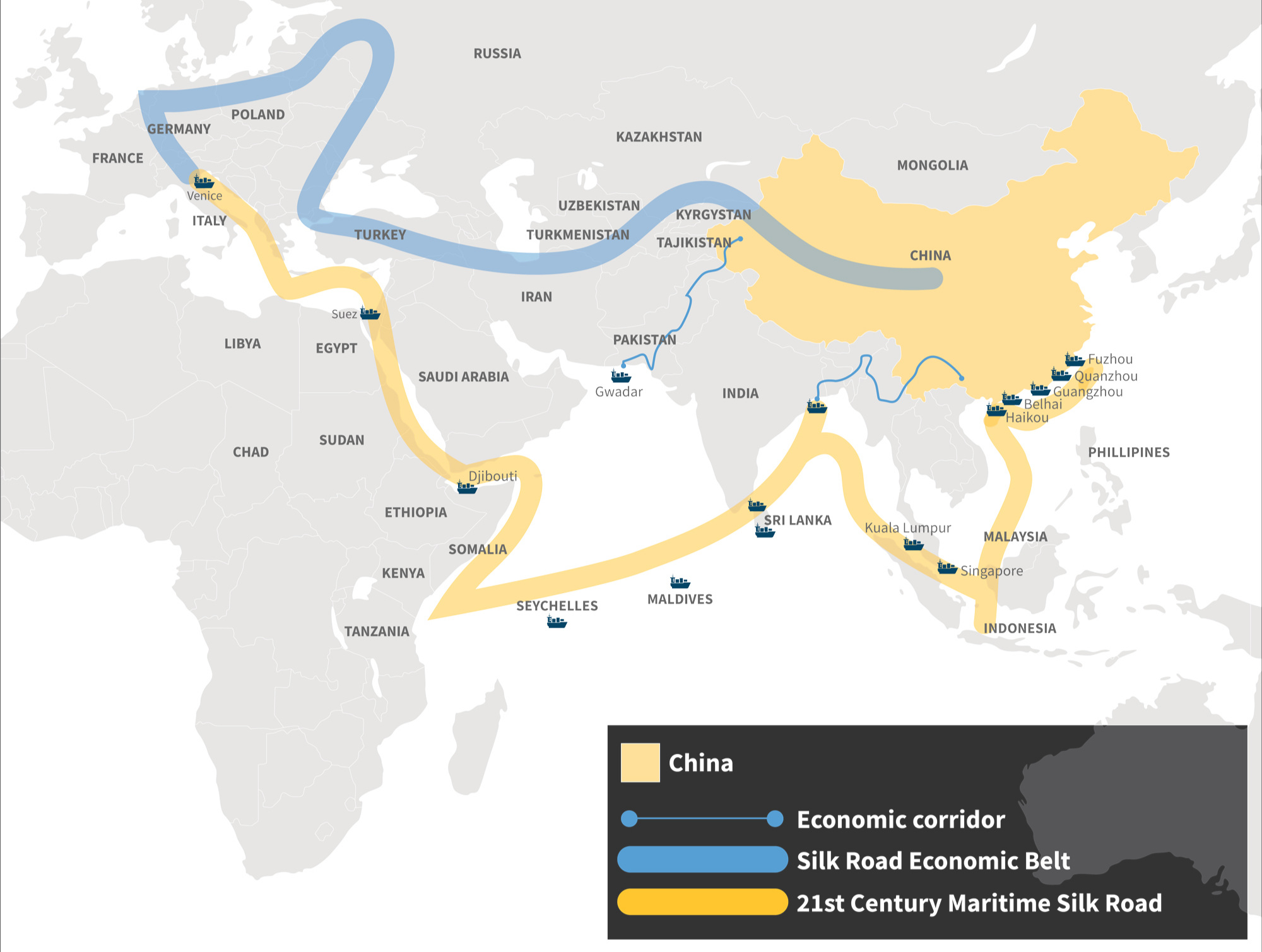
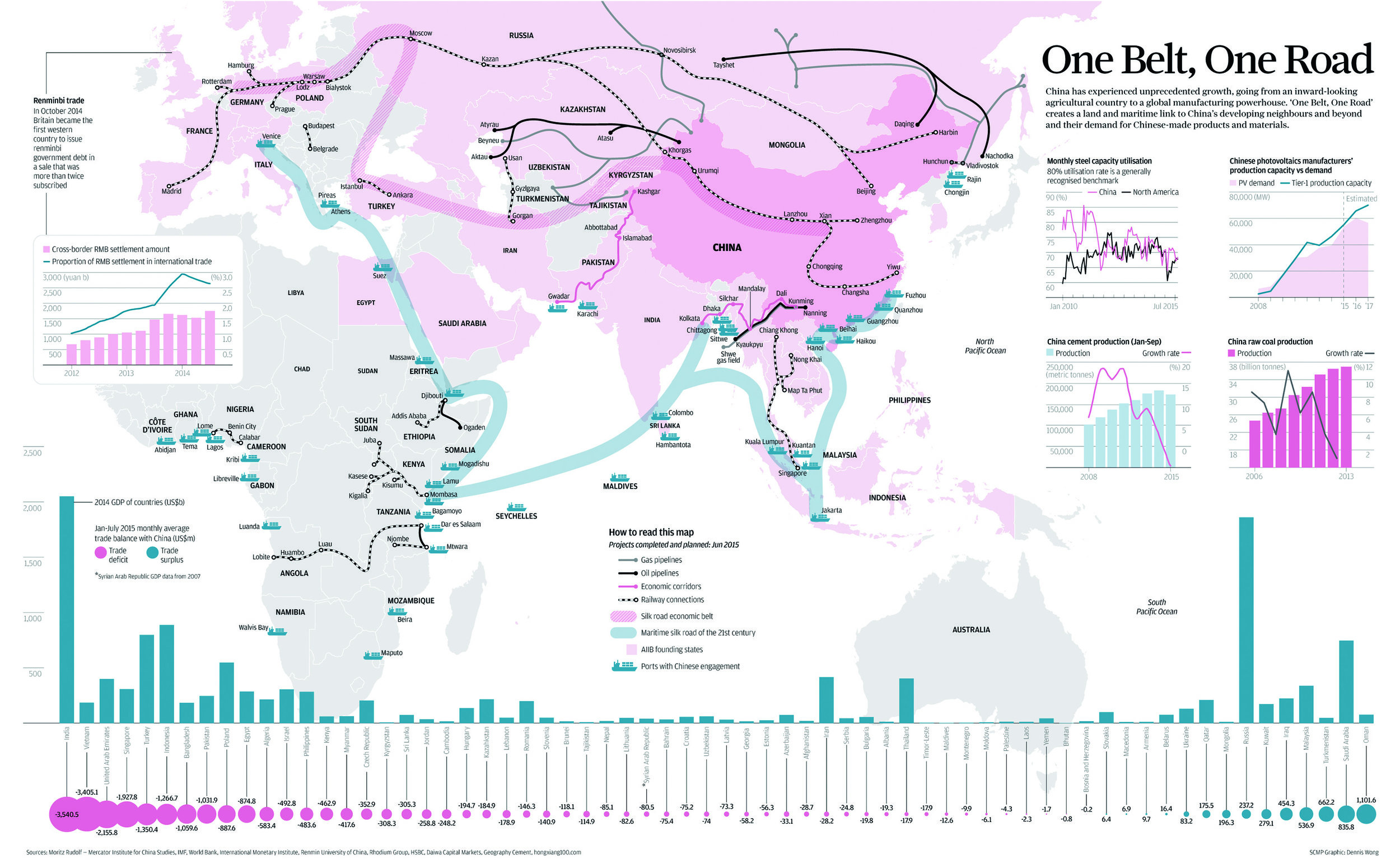
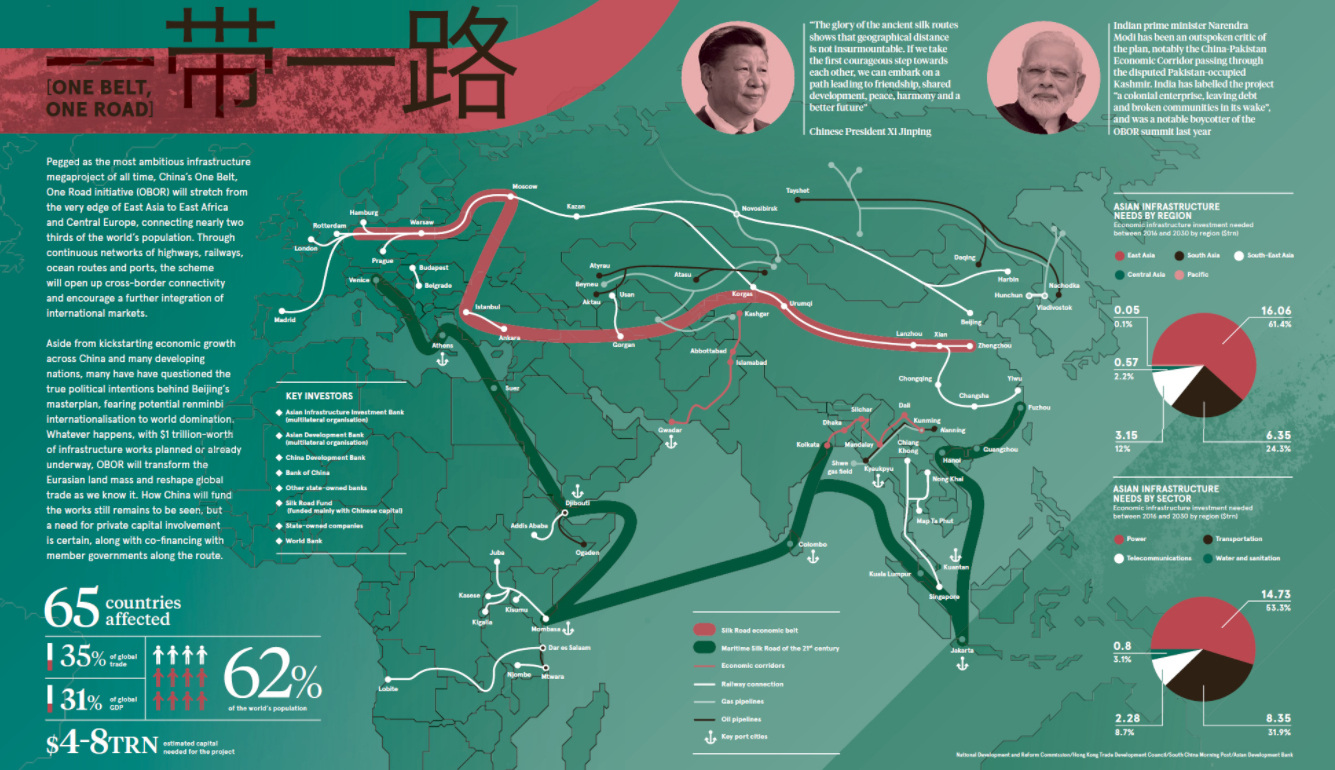

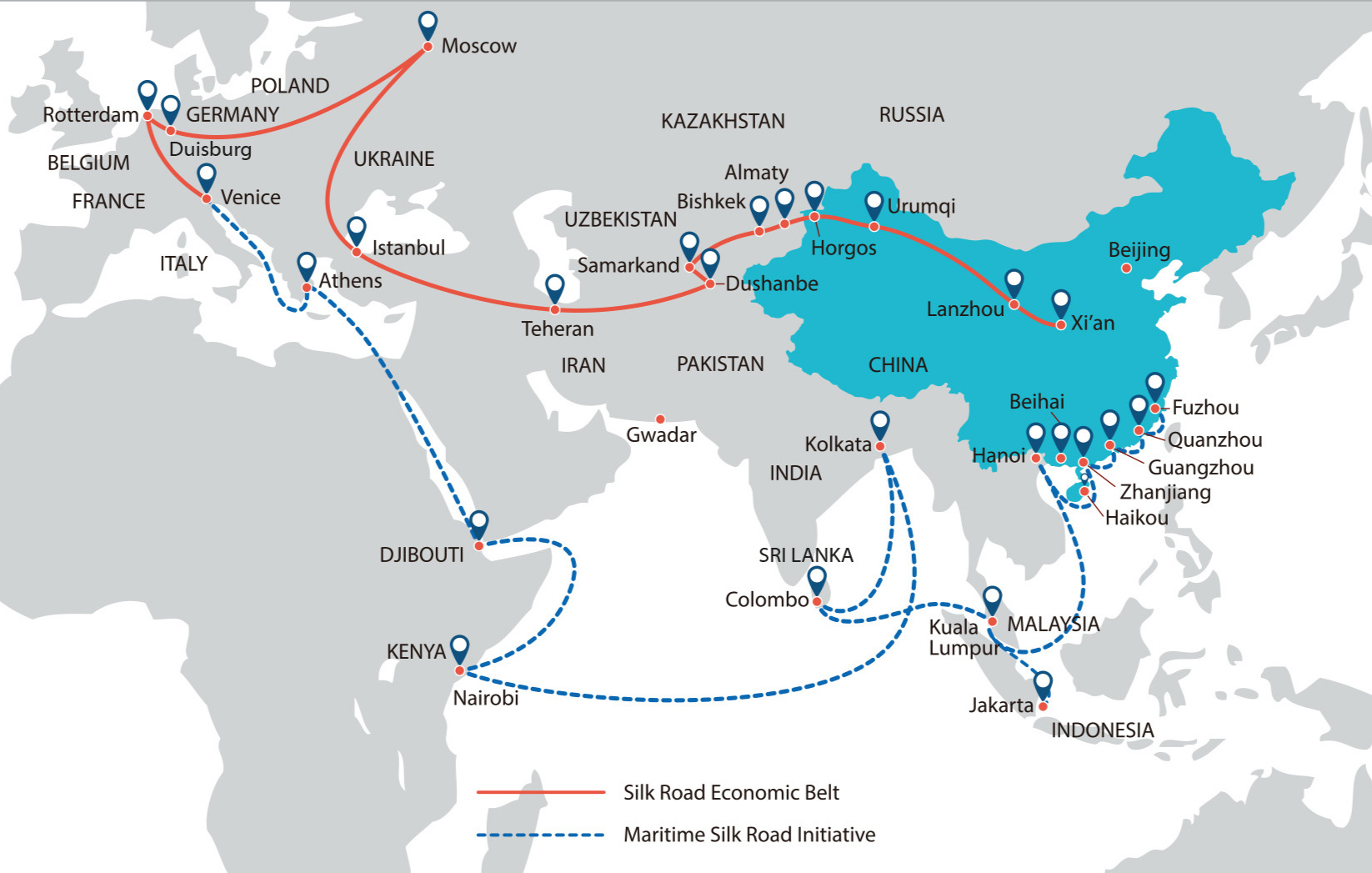

The ambition of BRI is to build a more integrated Eurasia across multiple sectors: transport; banking; education; energy; tourism; ICTs; heritage and medicine, to name a few. This means constructing networks of integrated infrastructure across special economic zones, road and rail, airports and pipelines, shipping ports, as well as new, strategically located cities. Infrastructure corridors running through Northwest China and Yunnan are among the key pillars of Beijing’s quest for upscaling its gas and oil supplies from the Middle East and Central Asia. But with Belt and Road conceived around five transboundary development corridors and an overarching Eurasian Land Bridge, it also significantly advances China’s connections to East Africa and Europe.
The scale of infrastructure investment proposed by Beijing is extraordinary by any measure, but the ambitions of Belt and Road stretch much further, and include building trade partnerships across the energy, telecommunications, education, law, medicine and transportation industries. Finance comes, in part, from the Asian Investment Infrastructure Bank, which began operating in early 2016 with an initial budget of $100 billion. So far, two Belt and Road Forums, held Beijing in 2017 and 2019, have communicated - and expanded - the core ideas and themes of cooperation. Fundamentally then, Belt and Road is an endeavour in connectivity.
Not surprisingly, considerable debate has surrounded the deeper motivations underpinning such an ambitious project, and whether BRI is essentially conceived to address domestic issues or if it represents a concerted foreign policy to secure regional primacy. A vast wave of publications and media projects has followed, as journalists, think tanks and scholars around the world scramble to pin down what exactly BRI is, and the long-term implications it holds for the wider Asia region and world order.

Primarily, Belt and Road has been interpreted as a geopolitical and geoeconomic initiative. I believe we also need to see it as a geocultural project. By framing BRI as a “revival” of the Silk Roads for the twenty-first century China is accumulating and constructing itself as a geocultural power, and such processes need to be seen as integral to the shifting landscape of international affairs today.
Analyses of Belt and Road often mention the Silk Road in a few short sentences, citing it as mere metaphor for connection and trade; a history spanning great distances and centuries, wherein camel caravans crossed deserts and Arabian dhows traversed oceans. But looking more closely at how the Silk Road came about as an idea, and the ways it circulated internationally in the twentieth century, reveals its strategic value today. It provides China with a unique platform to exercise its geocultural advantage as a civilizational state. The scale and scope of Belt and Road, together with its cross-sector nature, clouds any distinction between soft and hard power. BRI represents a significant advance in China figuring out how to restructure the world around it, and an attempt to move the dial in the balance of power across the Eurasia continent. This section contextualizes and connects Silk Road activities to the other elements of Belt and Road. Given the speed and scale of development, the pages here only scratch the surface. But hopefully the media stories covered here begin to tell the story.































